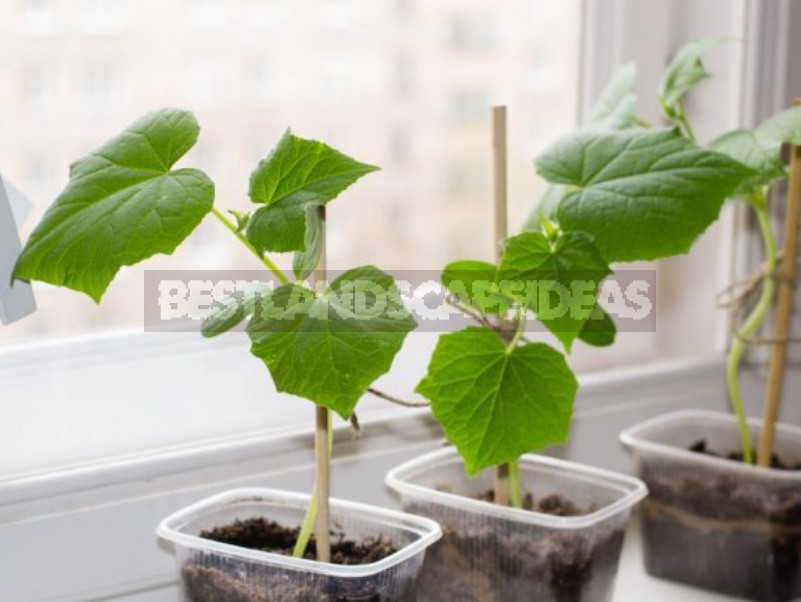
In winter, you can easily grow a cucumber near the window — and serve fresh delicious cucumbers directly from the windowsill. But to get a good harvest, it is not enough to buy high-quality seeds — you need to know the biological characteristics and conditions for the growth and development of this crop at home.
Cucumber for home growing
Cucumber is an annual herbaceous plant. Its main root in the natural conditions of the garden can penetrate to a depth of up to 1.2 m, but the main network of feeding roots is located in the upper layer of the soil, no deeper than 30 cm. Therefore, this crop can be grown in a large pot, box or bag with a nutritious soil.
Why only parthenocarpic varieties and hybrids?
For indoor breeding, even theoretically, you can not buy the first bag of seeds in the store, no matter how attractive the picture is there. First of all, you need to remember that a cucumber can have male, female and hermaphrodite flowers. Older varieties produce many male flowers. Most modern hybrids have a predominantly female type of flowering. They, in turn, are bee-pollinated and parthenocarpic — they do not require pollination to set the fruit. For growing on the windowsill, you should choose modern parthenocarpic hybrids, it is from them that you can get a harvest of homemade cucumbers.
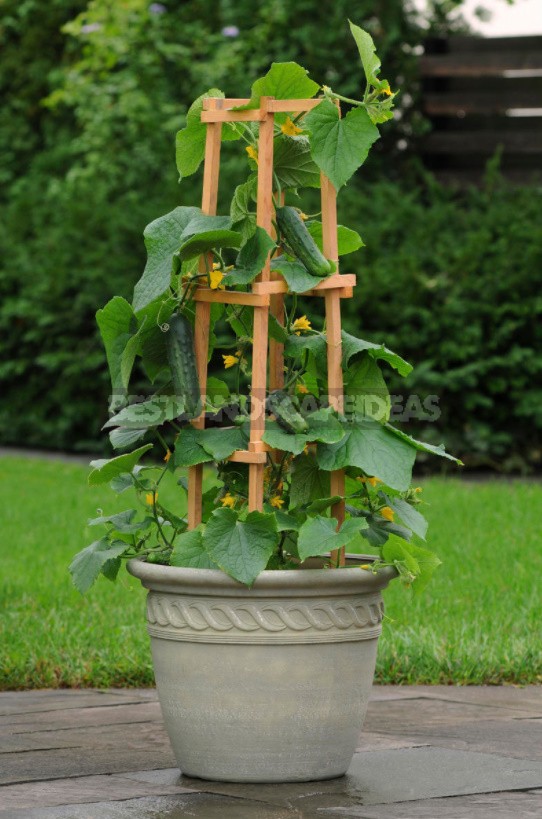
Why are early-ripened cucumbers better?
Another parameter that you should pay attention to when choosing seeds is the timing of the harvest. They are quite different: in ultra-early varieties and hybrids, the first fruits can be plucked as early as 38-40 days after germination, while late-maturing ones will begin to yield only after 60-70 days. Of course, in a closed room, it is better to breed early-maturing cucumbers.
For planting on the windowsill, you need to choose compact, unpretentious varieties and hybrids that tolerate dry air in apartments, are resistant to insufficient light and normally develop under the phytolamp. These compact plants begin to yield early and grow quietly in a small amount of soil.
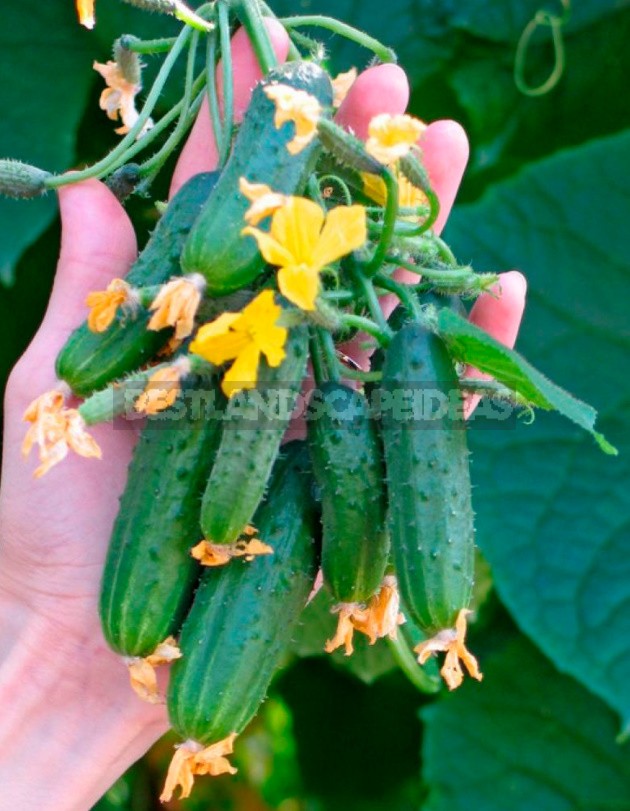
Optimal conditions
Cucumber is a demanding culture. It needs stable heat, enough light and power. To get a good result, you need to maintain the following temperatures:
- +25°C-during germination,
- +23…+25°C – from germination to budding,
- +20°C — during the flowering period.
Cucumber reacts sharply to a decrease in temperature. Its development slows down. If there are flowers, the plant can shed them. Therefore, when placing a potted cucumber on the windowsill, you need to make sure that it is warm enough, there are no cracks through which the icy air will blow. Do not choose the window that is regularly opened to ventilate the room: the cucumber will not like it.
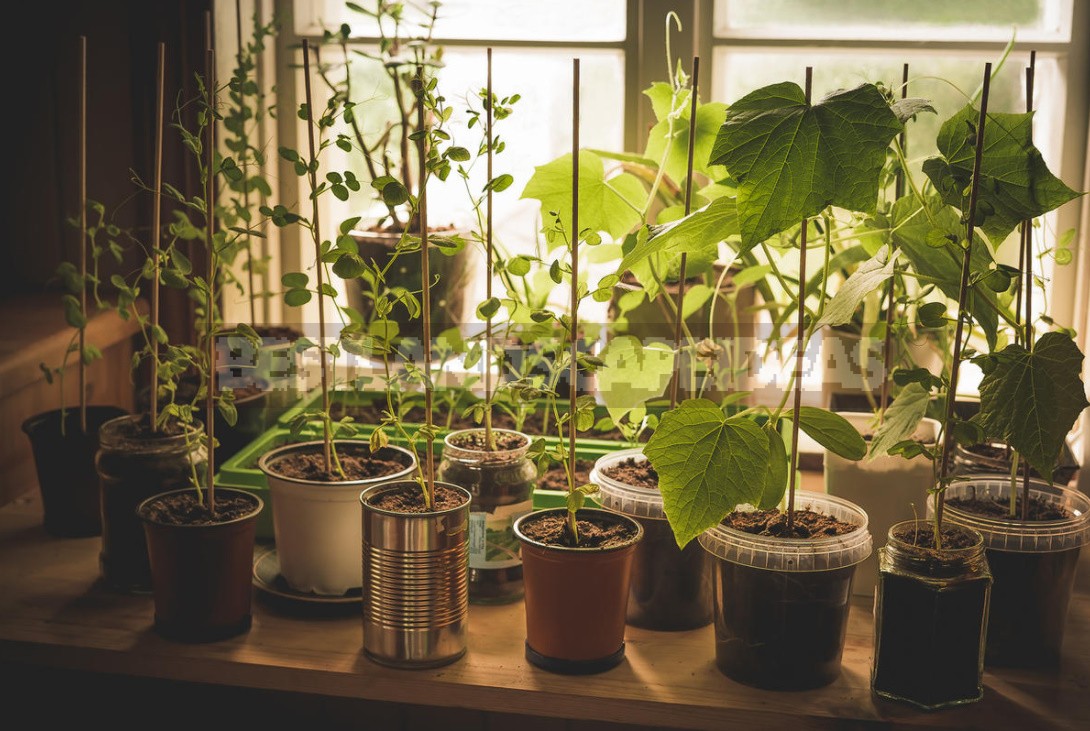
This crop is also quite sensitive to humidity. The optimal parameter for air and soil is 80%. In winter, when every house has heating batteries, it is quite difficult to maintain such humidity. The question is partly solved by choosing the right variety or hybrid-one that is resistant to dry air. It also requires constant maintenance of the soil moist, but not flooded, as the “swamp” in a pot with a cucumber will provoke the development of diseases and the reproduction of midges.
In the conditions of a short winter day without additional lighting, cucumbers can not be grown. This plant requires 14-16 light hours a day, so without a phytolamp of sufficient power, you can start growing cucumbers on the windowsill no earlier than mid-March. In winter and autumn, additional lighting is required.
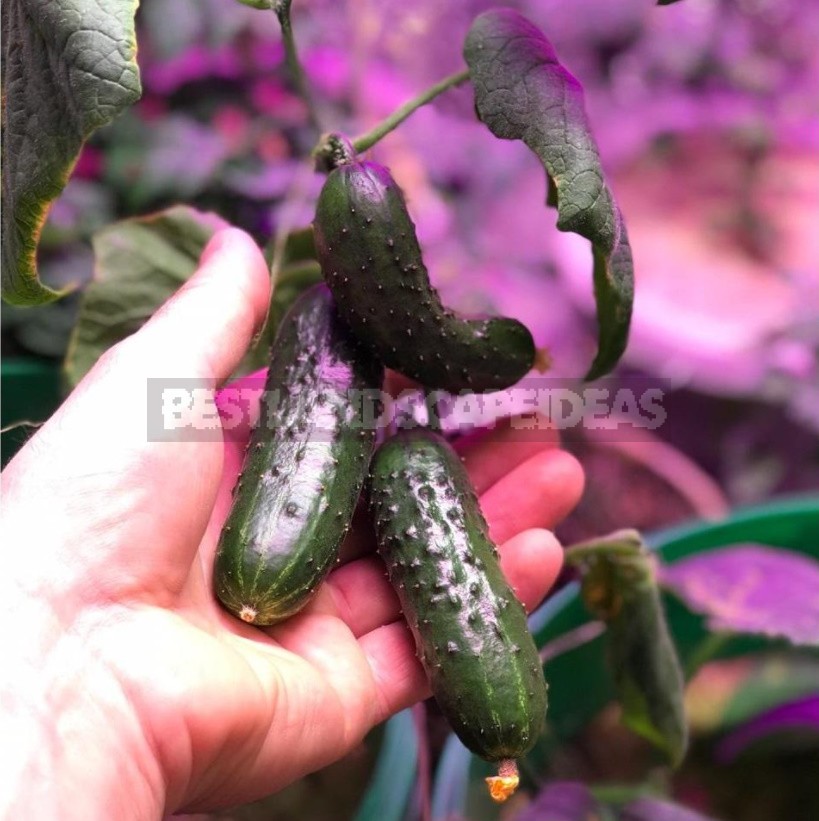
Seeding
Healthy, high-quality seedlings are the key to a good harvest. For growing cucumber seedlings, you can buy ready-made soil or prepare it yourself. The composition of the nutrient mixture should include peat, turf, humus, sawdust, sand in different proportions. Consider the various options for nutritional mixtures:
- peat + humus (3:1, 2: 1 or 1:1);
- peat + humus + sawdust (5:1:1);
- turf + humus + peat (1:1:1).
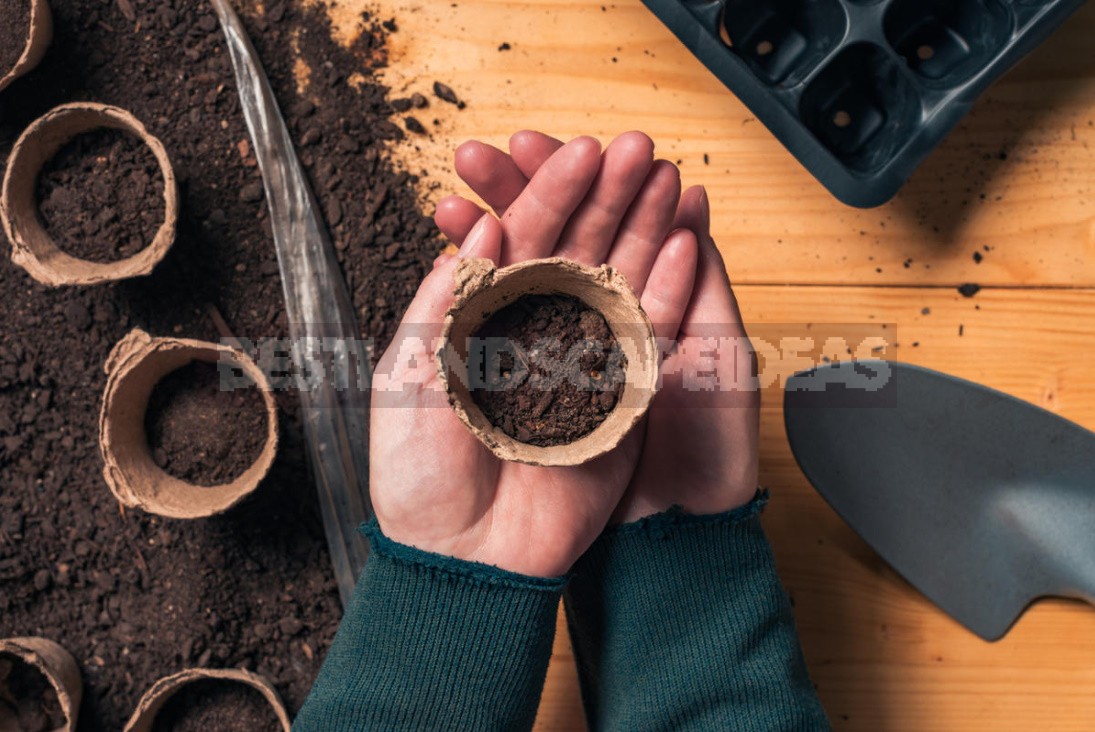
The nutrient mixture is filled with pots or cassettes. For seedlings with 4-5 leaves, a pot of at least 0.5 liters is required. If you decide to transplant seedlings earlier (for example, with 3-4 real leaves), you can take smaller pots. Sowing is carried out in a moist substrate, in a hole about 1 cm deep, which is then covered with peat. The pots are covered with a film. When seedlings appear (on the 3rd-5th day), the film is removed.
It is very important to observe the correct regime when growing seedlings. Keep the temperature between sowing and germination at +25…+27°C. Then 3-4 days after germination, maintain the daily temperature at +23…+25°C — and night +17…+18°C. It is equally important to maintain air humidity at the level of 85-90%. Watering should be carried out as the topsoil dries up.
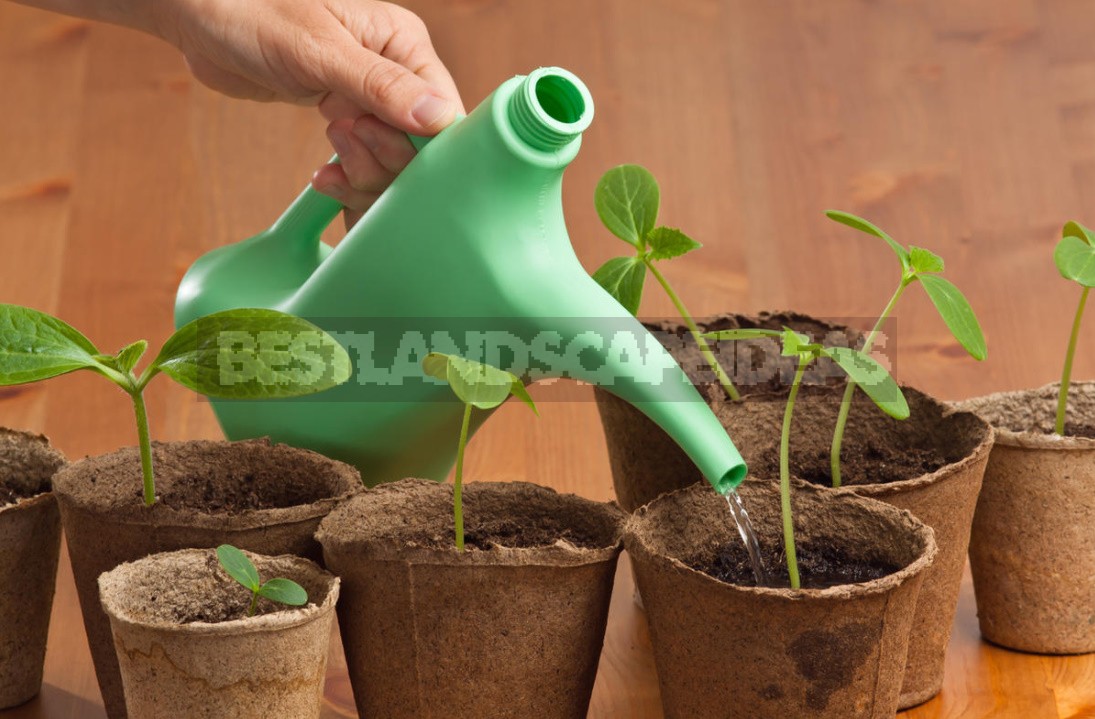
Transplanting
After your seedlings have grown, and 4-5 real leaves have appeared, it needs to be transplanted into a permanent pot. For the normal development of the plant, a container with a volume of 5-7 liters is required. The cucumber has a powerful root system — in a smaller pot, it will suffer, and as a result, you will not receive a harvest.
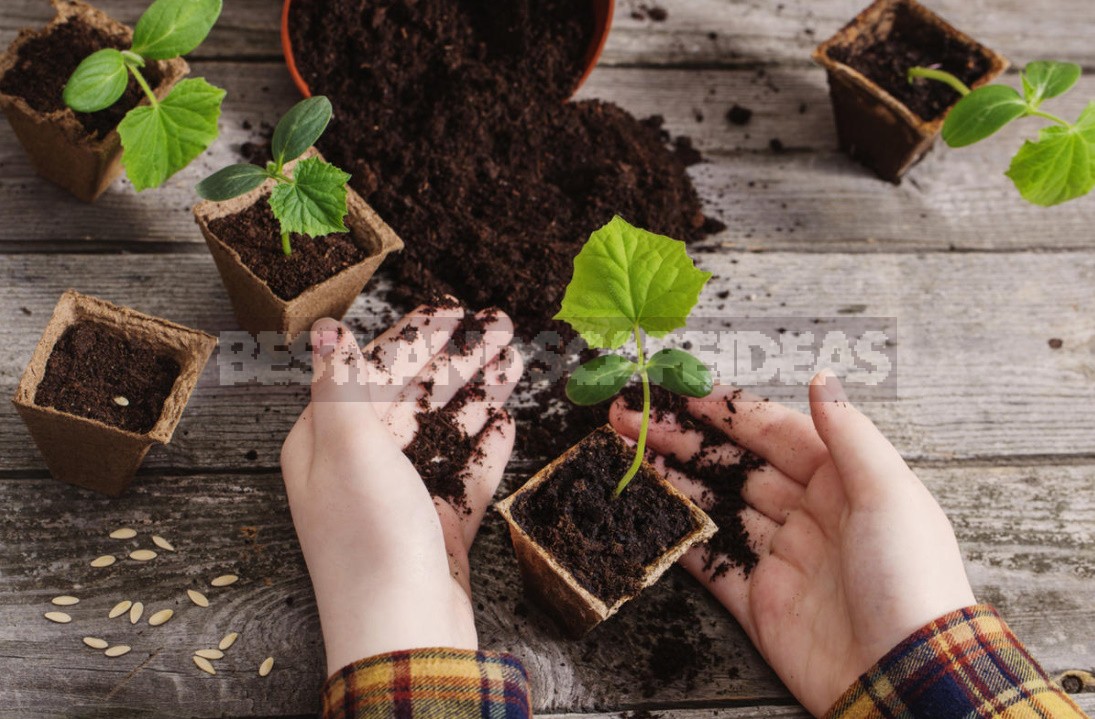
It is important to keep in mind that the roots of young plants are very fragile. Unlike, for example, tomato, cucumber transplantation should be carried out very carefully. The best option is a neat transshipment without breaking the earthen lump. Do not grow more than one plant in one container: they will start competing for food and light, which will not benefit the crop.
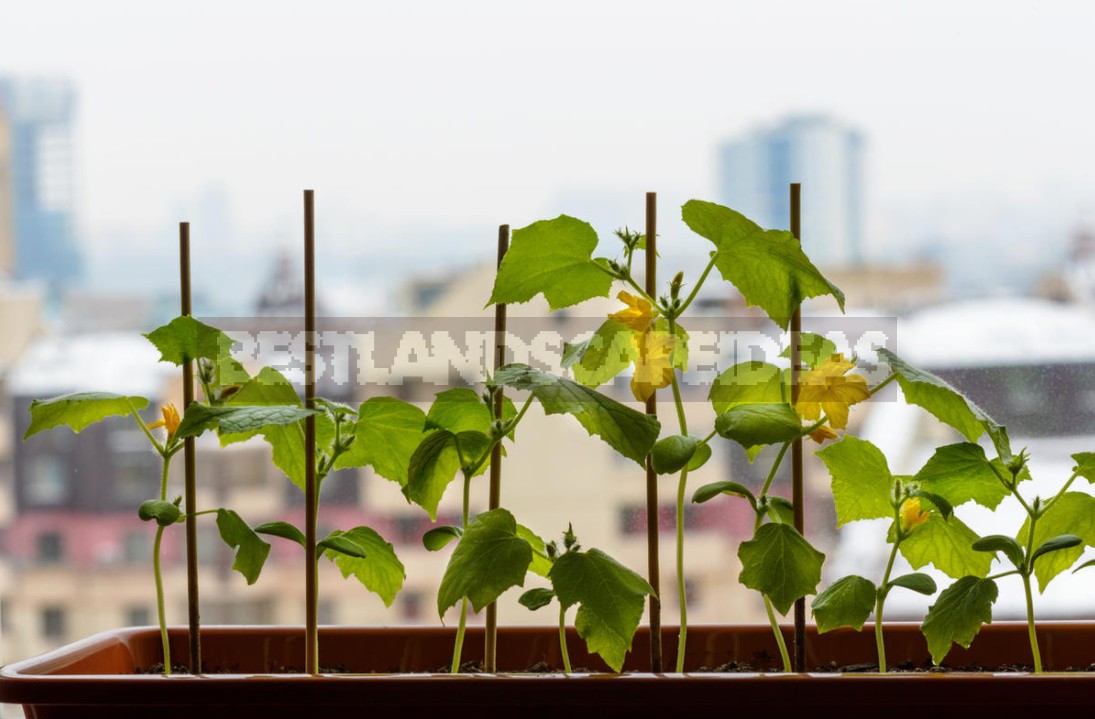
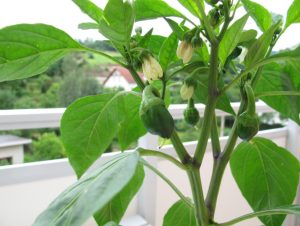
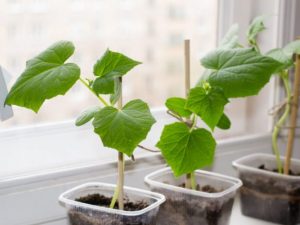

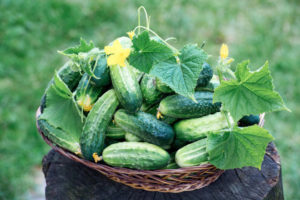
Leave a Reply